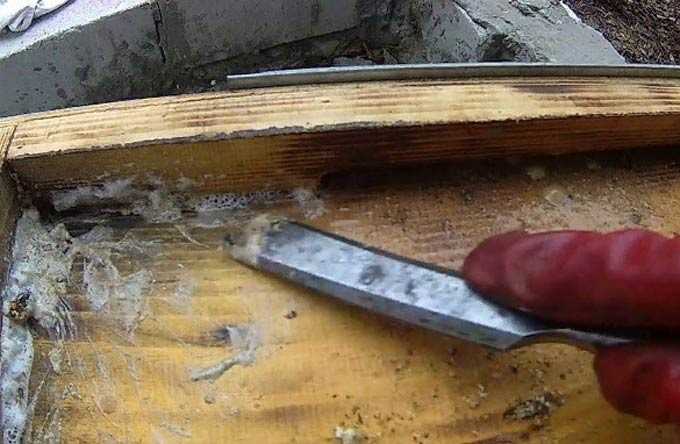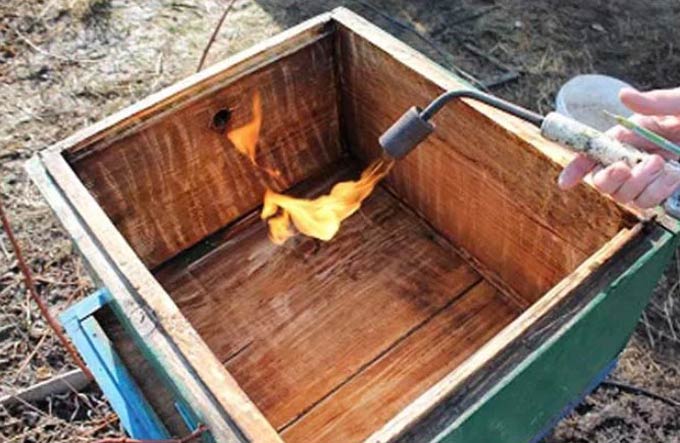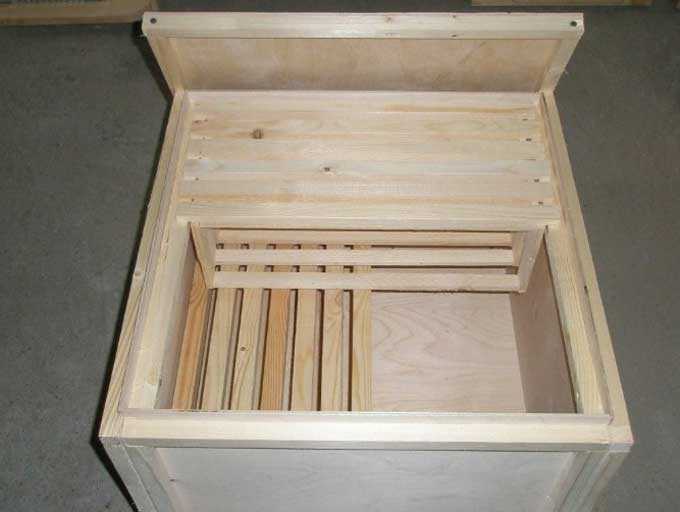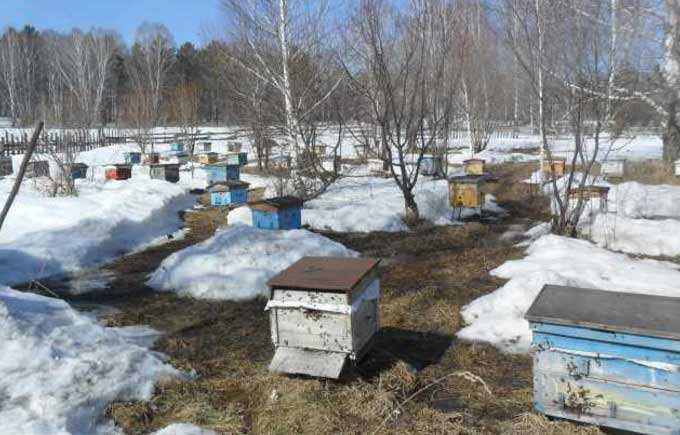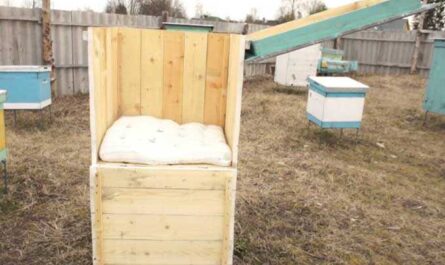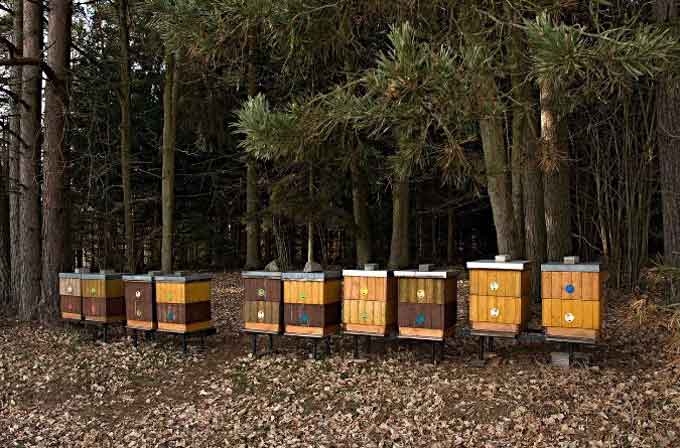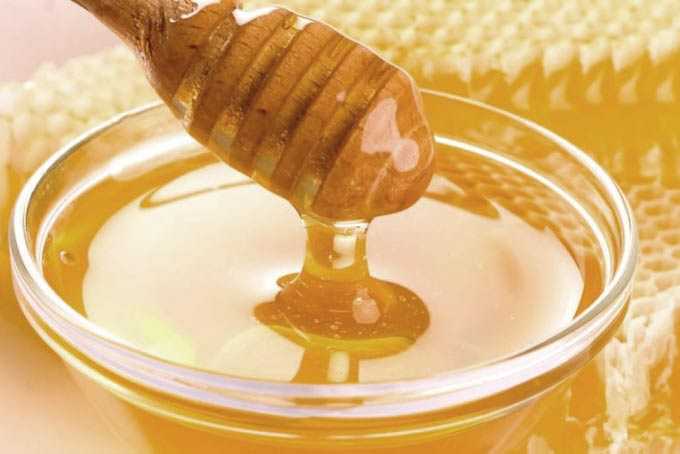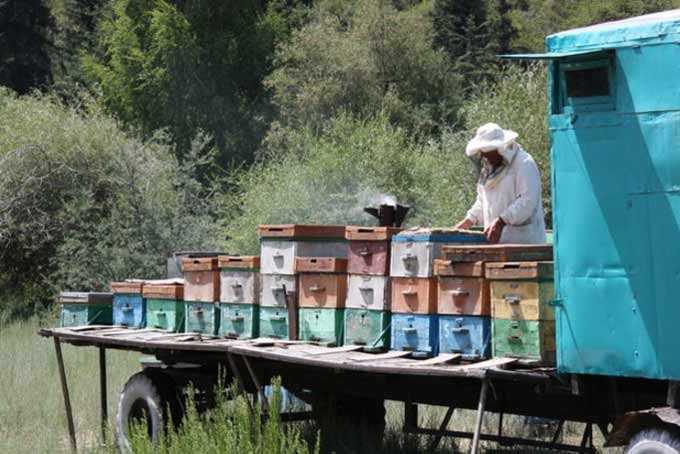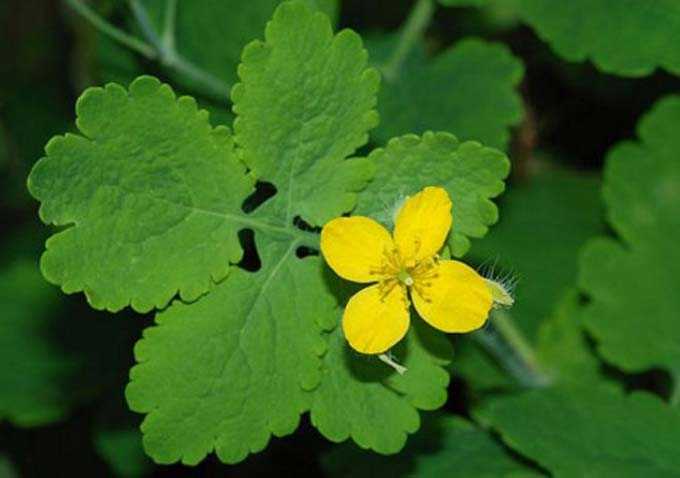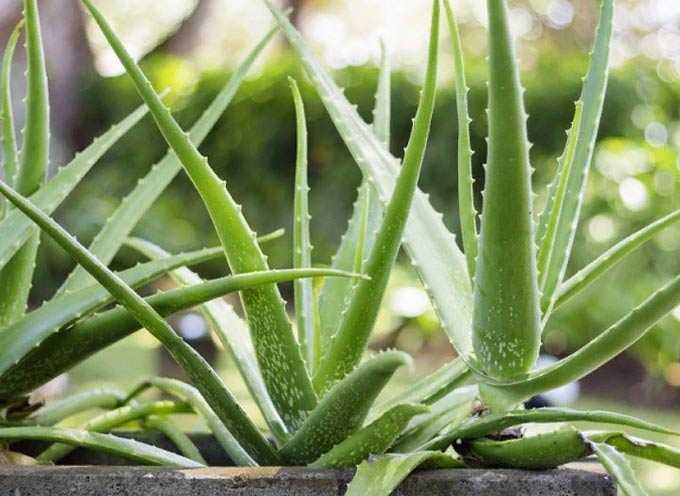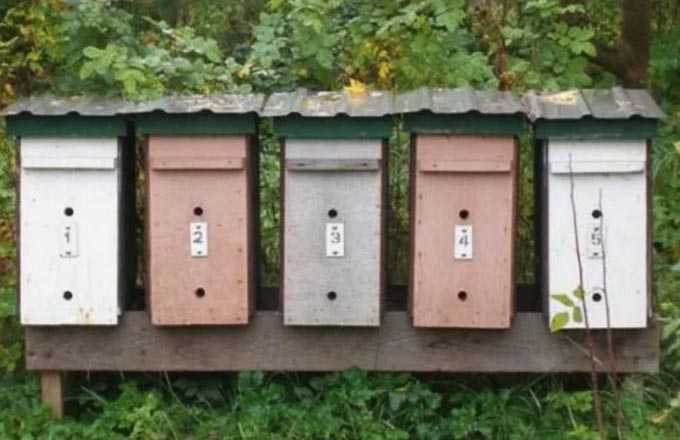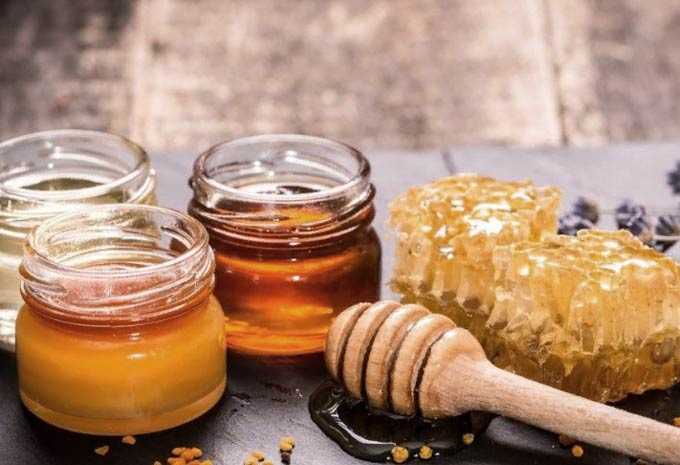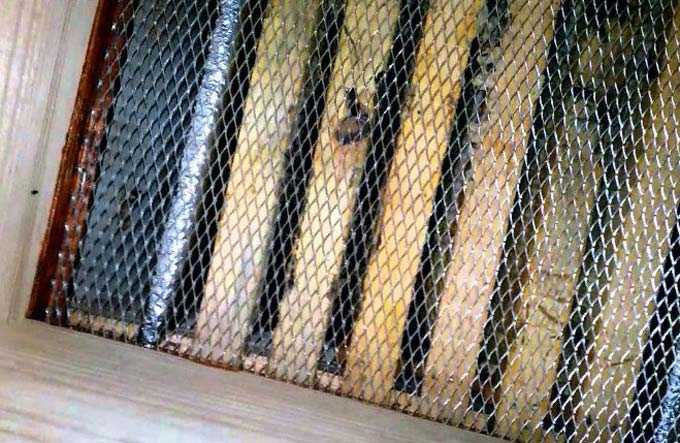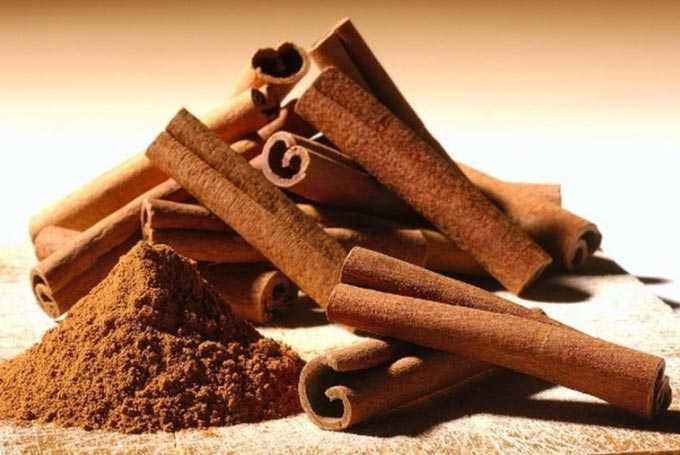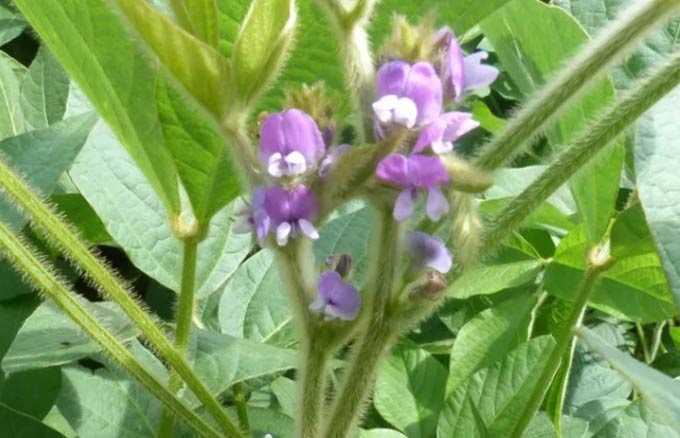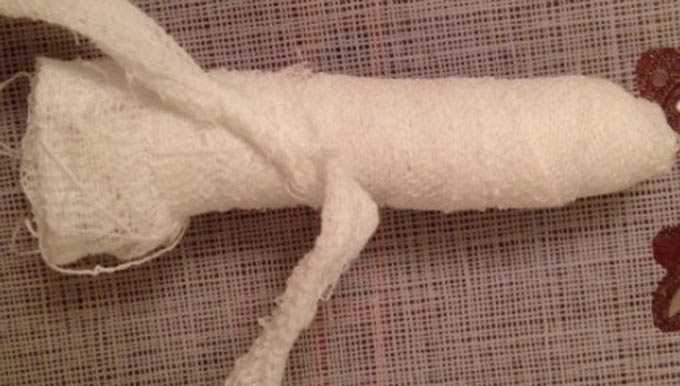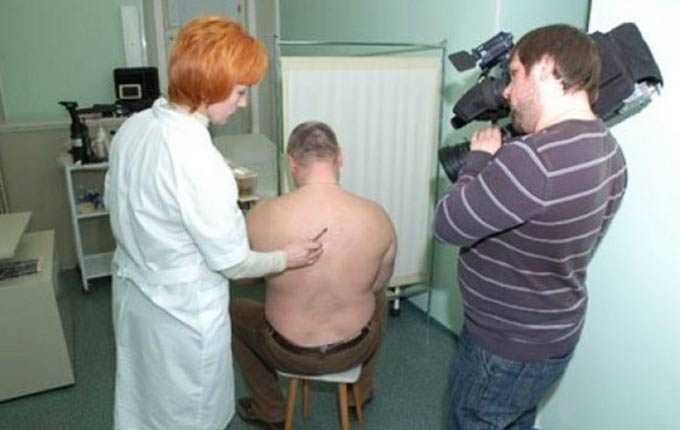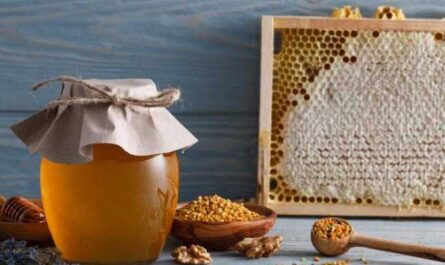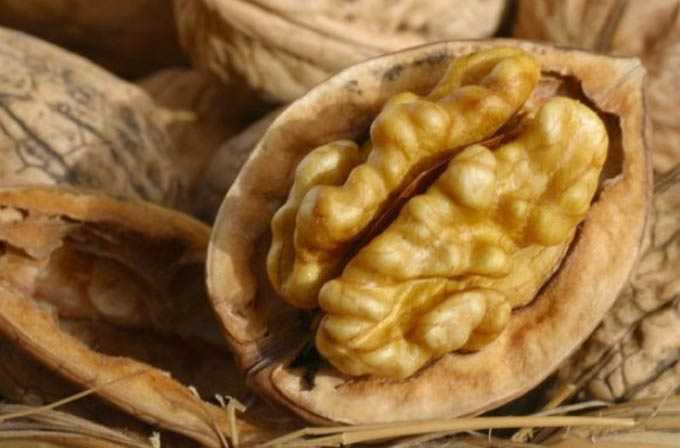Disinfection of hives and all other beekeeping equipment is one of the most important activities carried out by the beekeeper in the apiary. Not only the health of bee colonies, the marketable quantity of bee products, but also the very survival of bees throughout the season directly depend on the correct processing of bee housing.
Therefore, experienced beekeepers spare no time or money to disinfect bee equipment.
The content of the article
- 1 When is the treatment carried out
- 2 What do they do in the spring
- 3 What to do if an infection is found
- 4 What to do when buying old hives
- 5 Concentration of disinfectants
- 6 Folk remedies
When is the treatment carried out
Sanitary processing of the hives is performed without fail once a year – in the spring during revision (for preventive purposes), and also more often if necessary. For example, in the event of infectious diseases or the acquisition of used hives to expand the apiary.
Every experienced beekeeper has their own disinfection methods, developed by years of experience through trial and error. In this article, we will talk about the most common and effective methods of handling inventory, tested in our personal apiary.
What do they do in the spring
Let’s start by treating the hives in the spring. Some beekeepers, during the spring revision, transplant all overwintered families into disinfected hives.
To do this:
- several spare bee houses are taken, processed;
- bee colonies are transplanted into them;
- and then the vacated hives are disinfected;
- the next families are transplanted into them, and so on.
But this is possible only in small apiaries, since the time is too large, and it is not always possible to have a second set of free hives for all families.
Most often, in the spring, it is necessary to process the bee housing by moving the frames with the bees from one end of the nest to the other.
The processing of hives in the spring is carried out as follows:
- The bottom is cleaned from dead wood, wax particles, etc.
- The hives are disinfected with vinegar – the walls and bottom are wiped with a rag or sponge soaked in vinegar solution. Vinegar is necessary so that spores of possible diseases when scraping with a chisel do not fall into the nest.
- All internal surfaces are mechanically processed with a chisel or other device. First, the walls, tap holes, the bottom are cleaned from wax and propolis. Along with disinfection, this brings additional profit from beekeeping (propolis is surrendered, the wax is sent for melting). Then the entire hive is carefully scraped inside – special attention is paid to the corners and gaps between the boards.
- The resulting debris is washed out and the hives are disinfected with hydrogen peroxide or soda ash solution.
- If, when examining the family, traces of diarrhea are found, the home requires more serious treatment. It is necessary to additionally burn the walls and bottom with a gas burner, again paying special attention to the corners and crevices, as well as places where there were stains from diarrhea. Podmor from such a family must be handed over to the laboratory, and in case of detection of nosematosis, it is necessary to start treatment.
To read:
How to cure bees in spring from nosematosis
- If mold is found, it is also required to take the necessary measures to eliminate it.
To read:
How to deal with mold in hives after winter
Important: The rest of the inventory is processed once a year before the start of the spring audit and after each examination of the family, if there is even a suspicion of infectious diseases in it!
Disinfection of frames for hives is carried out before each infusion, that is, on average, once every 3 years, since it is impractical to operate the drying longer. If diarrhea is found on the framework, the bars of the framework are carefully scraped and treated with one of the above disinfectants.
Note: These measures are sufficient for routine annual preventive disinfection.
What to do if an infection is found
If signs of an infectious disease are found in the family, transplanting the family into a new hive is a must.
The house is processed in all of the above ways, and disinfectants can be used at a higher concentration. After processing, the hive needs to be dried for several hours under the influence of direct sunlight.
Heaters from it must be burned, wax from all frames must be melted. Honey is by no means used as food in other families!
You also need to take into account the various pathogens of the disease and select disinfectant solutions for them.… For example, the causative agent of nosematosis will die from acetic acid vapors, but it will not have any effect on rotten infections!
What to do when buying old hives
If used bee houses were purchased to expand the apiary, it should be borne in mind that the previous owner might not have voiced the true reason for parting with the hives.
Therefore, just in case, they must also be disinfected completely and in the most thorough way, as after a sick bee colony.
Concentration of disinfectants
Here are the most effective recipes for processing solutions:
- 2% alkali solution (before firing with a gas canister);
- disinfection of hives from foulbrood is performed with a 4% aqueous solution of chloramine, activated by ammonium chloride (the solution is kept on wooden parts for three hours and then washed off with water);
- Both honeycomb frames and the inner surfaces of the houses are washed with 3% linen soda or hot ash liquor;
- undiluted acetic acid is used to destroy nosematosis (200 ml per 12-frame case – a rag is moistened in the solution, which is left on top of the empty honeycomb and the hive is kept completely sealed for 3 to 7 days, depending on the air temperature – the lower it is, the longer it takes treatment);
- with varroatosis, an 80% solution of acetic acid is used according to the same scheme, but from three to five days (200 ml for 10-12 cell frames);
- treatment of hives with hydrogen peroxide is also allowed, but more often its 2% solution is used to soak dressing gowns, facial nets, laps (for 2-3 hours).
Folk remedies
Some beekeepers additionally disinfect hives with folk remedies:
- Most often, instead of a soda solution, a strong wormwood decoction is used.
- Crushed garlic is used to rub the loose shells intended for storing sushi – it is believed that this plant is good at destroying pathogens of bee diseases and serves as an excellent repellant against moths.
- Also, some people use antibacterial ultraviolet lamps. UFL literally in 10 minutes disinfects honeycombs infected with foulbrood, if they are placed 5-10 cm from the reflectors. At the same time, the beekeeper observes safety precautions – they wear dark glasses. Frames with brood at any stage of development of young stock must not be irradiated!
Please note: If simple methods of disinfection – scraping with a chisel, drying in the sun, processing with soda ash and, if necessary, fire – are enough to keep healthy bee colonies, there is no point in increasing the time spent on other more complex processing methods!
Most experienced beekeepers process hives in the simplest ways, using exclusively alkaline solution, a sharp chisel or knife, sunlight and heat.
We must not forget that folk remedies may be ineffective in a particular case, and time will be lost, which threatens the spread of an infectious disease throughout the apiary.
